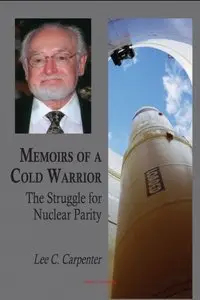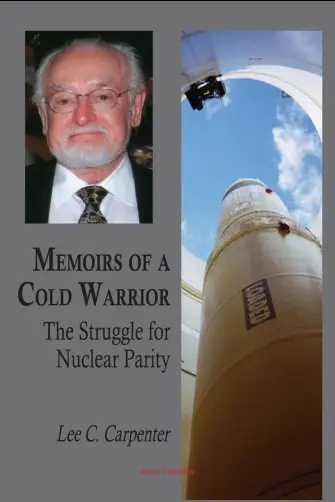Memoirs of a Cold Warrior: The Struggle for Nuclear Parity
Algora Publishing | 2009-02-14 | ISBN: 0875867022 | 260 pages | PDF | 2 MB
As Russia re-asserts itself on the global stage, a look back at the hard, and yes, cold facts of the Cold War might indicate a shift in Americans understanding of our relative strengths and weaknesses and add a touch of humility to our sense of primacy in the world. Contrary to President Johnson's assurances to the public, there had indeed been a missile gap, and the author is the man who quantified it.
An engineer who served on the frontlines of the struggle for military parity, Lee Carpenter was party to the steps taken by US military, technical and industrial groups to assess, counter, and of course to seek to outperform the Soviet Union from 1950 to 1989. The race was a close one, and the US was not always in the lead. In fact, the author's experts analysis established, beyond reasonable doubt, that by December 1981 the Soviets could destroy 95% of US strategic targets in less than one hour.
Due in part to Carpenter's efforts several misguided military endeavors were cancelled, and more realistic and more worthwhile programs were implemented. The B-70 Strategic Bomber Program and the Multiple Protective Shelter and Densepack basing schemes for the MX (later Peacekeeper) ICBM stand out as ambitious boondoggles whose demise was good for the country. Eliminating these developments saved $10 billion or more in ill-considered defense expenditures.
This book narrates the 40-year battle to assess, plan and achieve strategic parity in a nuclear world, and chronicles the rivalries within and among the corporations, military and government bodies that flourished during that battle.
A vociferous advocate of efforts that resulted in the development and production of more than l000 short-range attack missiles (SRAM) for the B-52, FB-111 and B-1 strategic bombers, he redefined the unique and necessary strategic bomber mission and the avionics bombing system for the B-52 was redesigned for the new mission. Twenty-one years of advocacy finally brought the successful B-1 Bomber to development, production and deployment in the mid-l980s.



